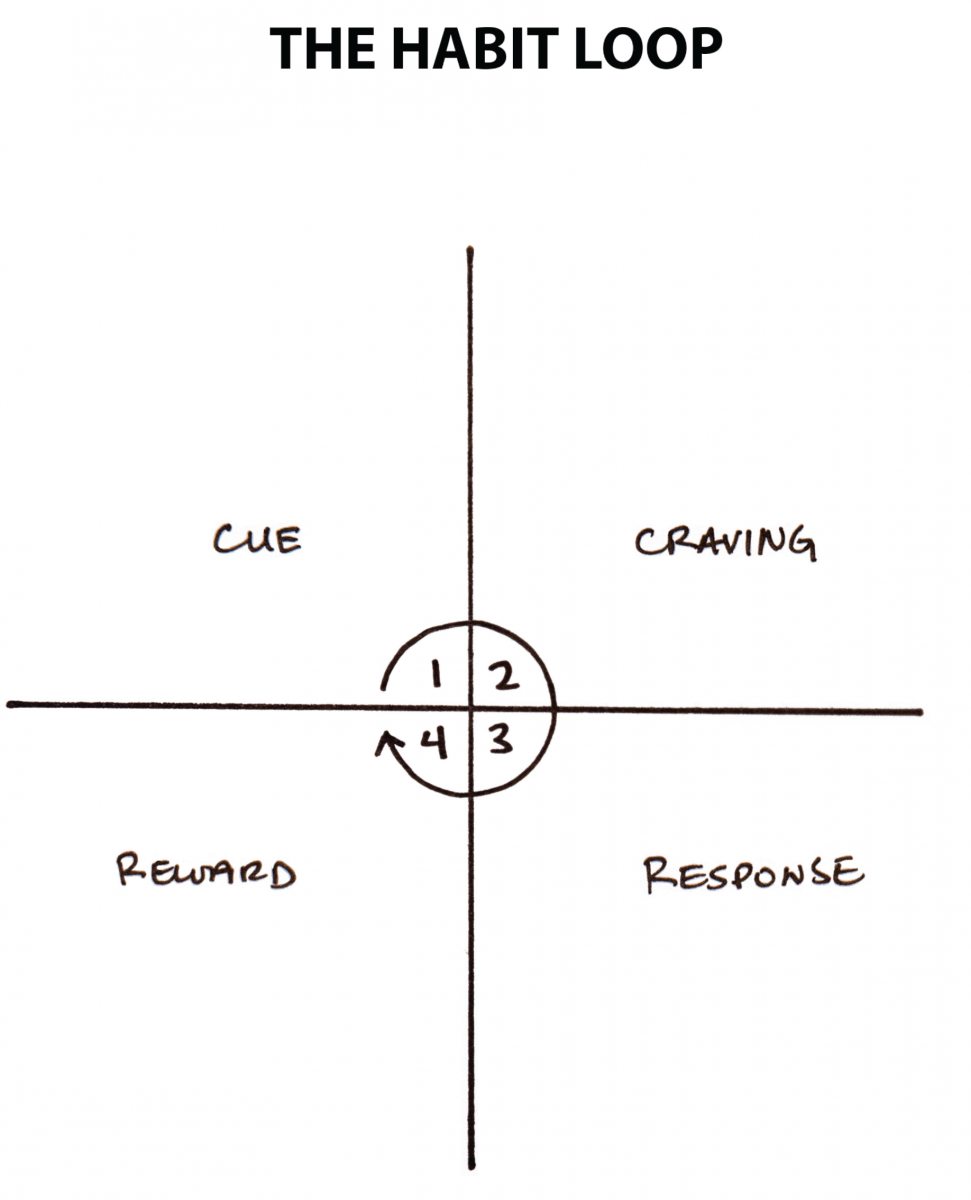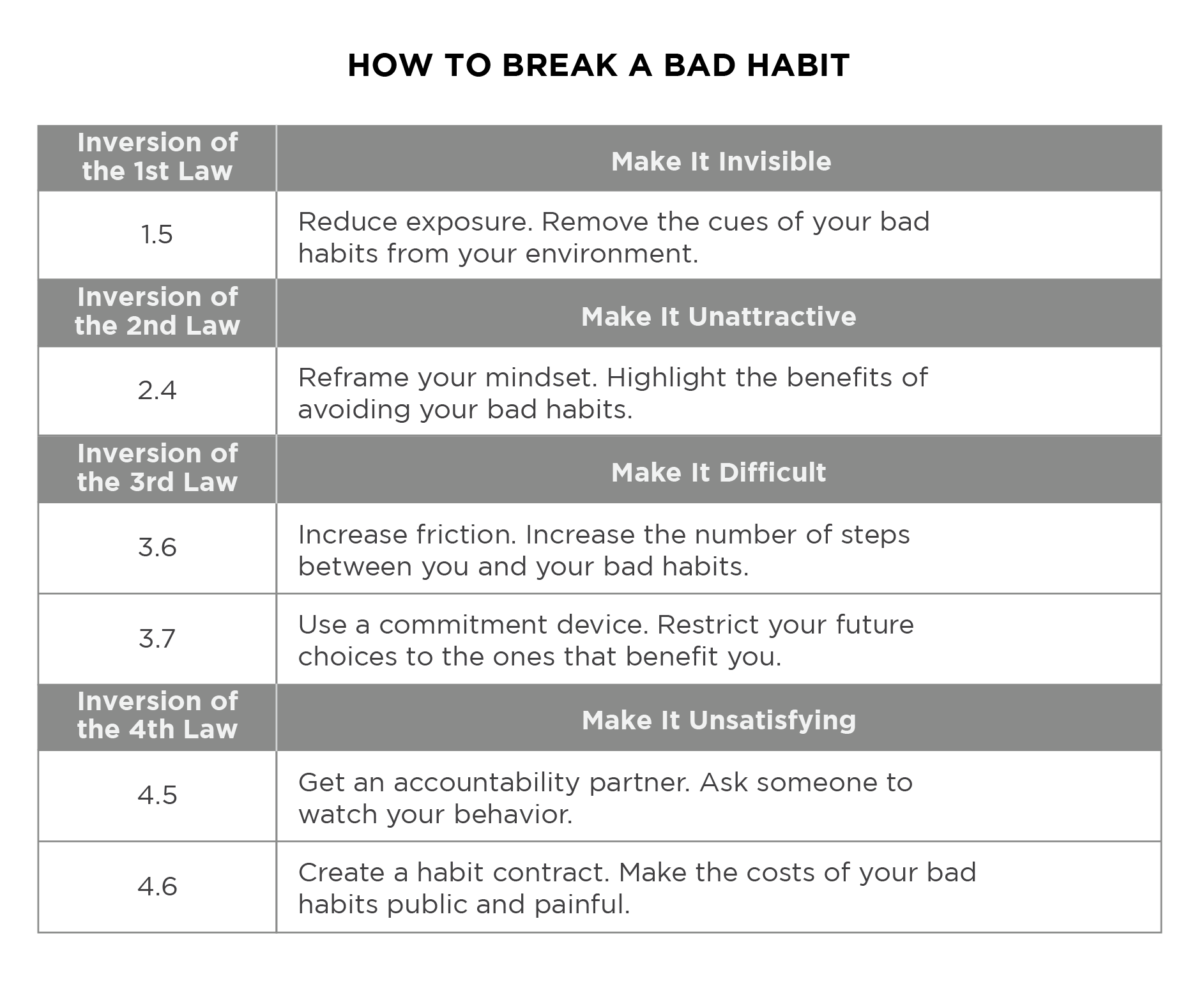Habits and Goals
Summary
Habits are a huge part of changing our behaviours. Making a 1% change does matter and adds up.
You can complete a habit review by writing down everything you do in a day (weekend vs weekday) in a non-judgemental way.
Look at the tips below on how to make your positive habits easier to do
Try to add-up on the positive habits to crowd out the habits you aren’t as happy with rather than focusing on removing negative habits
Modify your environment to support your goals
If you like cookies, but them in a high cupboard that is a little more work to reach, and place fruit, nuts, or other snacks you want to increase easy to reach
If you identify a behaviour you want to change, use the tips below to make the habit harder
Habits and building systems are powerful ways to change, If you are someone who want to set goals, use the SMART structure. If you don’t like setting goals, just focus on systems and habits
Details
Atomic Habits by James Clear
This is a great book with some wonderful tips. Below are 3 lessons shared by James on his website:
Lesson 1: Small habits make a big difference
Even a 1% improvement is something you should be proud of. It is a vote towards the state and goals you want to achieve.
Lesson 2: Forget about setting goals. Focus on your system instead.
Think less about a specific goal and more about the system and processes you need in place to continuously improve. Using a sports example, Michael Jordan was not focused on the goal of winning a game, he was focused on the processes needed for him to be the best.
Lesson 3: Build identity-based habits
Identify-based habits are a way to see or visualize the type of person you want to be, and then from there think about the actions and activities you would do to enforce the behaviours of that type of person. Using the example above, if you play basketball every day you may start to identify yourself as a basketball player. From there you can start to think about what a basketball player (like Michael Jordan) would do to continuously improve. Those processes can help you achieve identify-based habits.
Changing Habits
How to create a good habit:
The 1st law (Cue): Make it obvious.
The 2nd law (Craving): Make it attractive.
The 3rd law (Response): Make it easy.
The 4th law (Reward): Make it satisfying.
How to break a bad habit:
Inversion of the 1st law (Cue): Make it invisible.
Inversion of the 2nd law (Craving): Make it unattractive.
Inversion of the 3rd law (Response): Make it difficult.
Inversion of the 4th law (Reward): Make it unsatisfying.
SMART Goals
SMART stands for Specific, Measurable, Achievable, Relevant, and Time-bound.
Specific
What will you achieve? What will you do?
Measurable
What data will you use to decide whether you've met the goal?
Achievable
Are you sure you can do this? Do you have the right skills and resources?
Relevant
Does the goal align with those of your team or organization? How will the result matter?
Time-bound
What is the deadline for accomplishing the goal?



